What makes Baroque artwork so unique and why was this art movement so different from its predecessors? The Baroque Art Movement FAQs will provide answers to your questions.
What type of art was created during the Baroque period?
Paintings, architecture, decor, music and literature were made during the Baroque art movement.
Baroque art was created and popular during which years?
Baroque art was created from 1580 to 1750.
Where was Baroque art made and popularised?
The Baroque art movement was popular all through Europe, especially among the upper class and aristocrats.
What medium (media) and tools were used to make Baroque Art?
Oil on canvas and carvings on wood and stone, depending on the creation
Who are some famous Baroque artists and artworks?
David with the Head of Goliath by Caravaggio
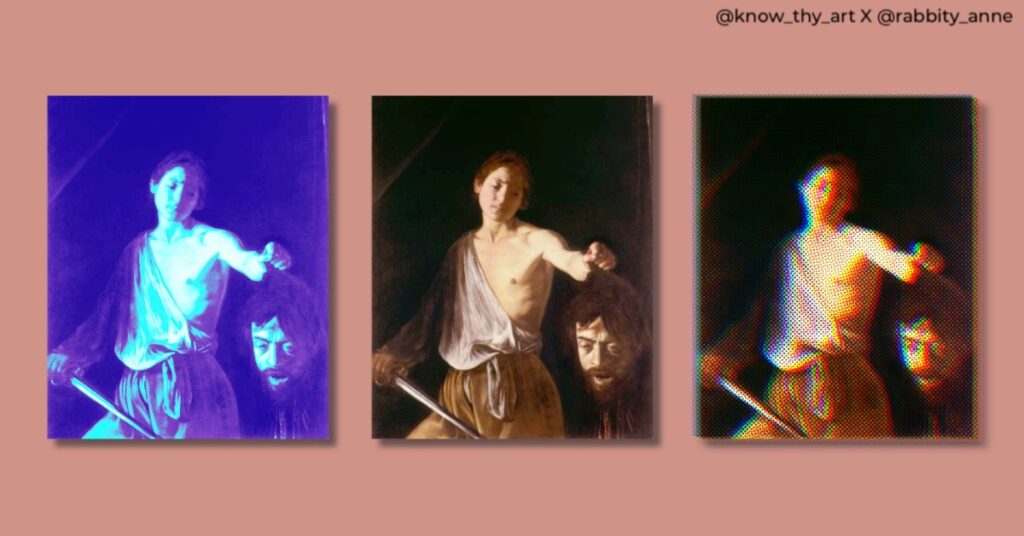
The Anatomy Lesson of Dr. Nicolaes Tulp by Rembrandt Van Rijn
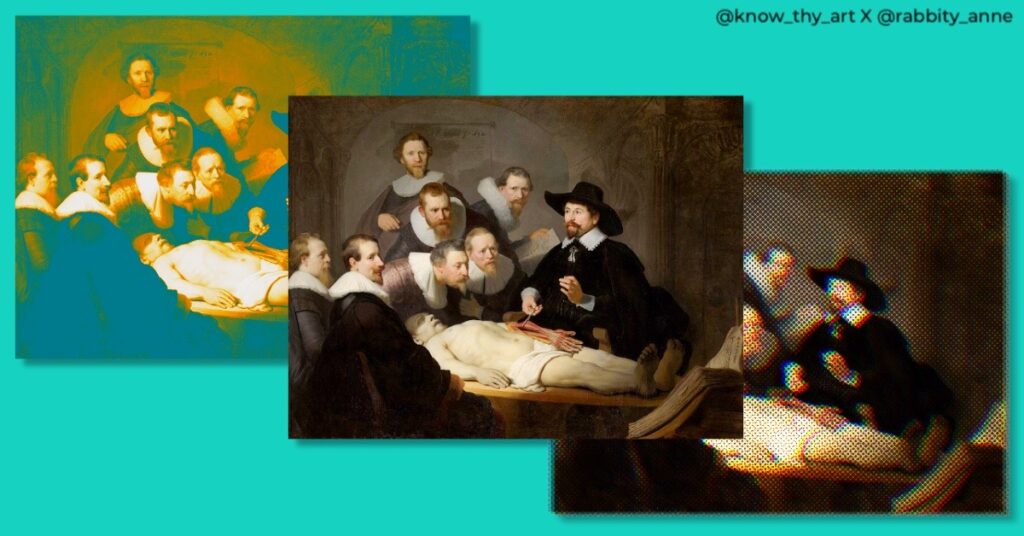
The Art of Painting by Johannes Vermeer
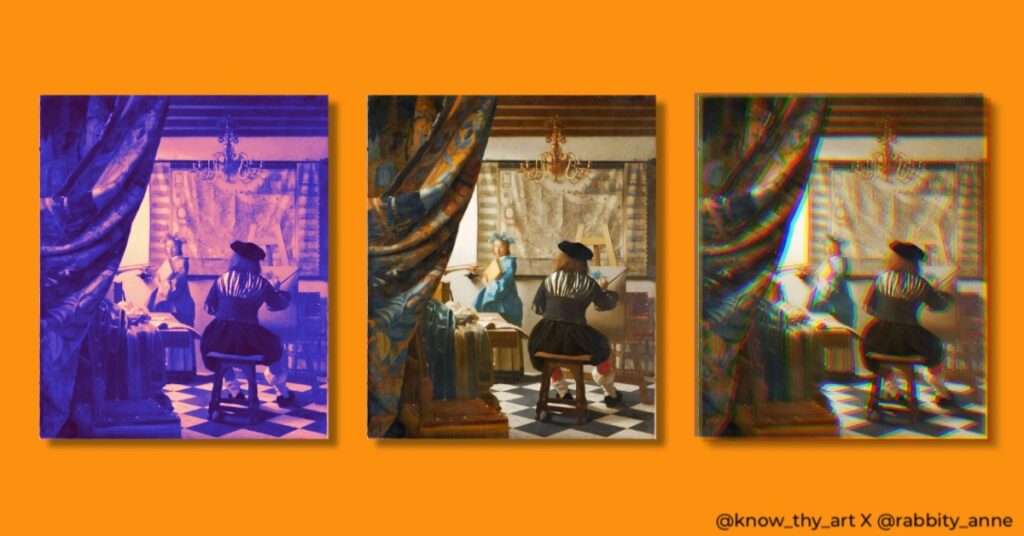
Interesting Observations about Baroque Art – Art Op-Ed
In French, the word “Baroque” literally means “irregularly shaped.” This word was used to describe pearls that were, obviously, irregularly shaped. But later on, the word was used to describe oddly extravagant artwork. Whether it was extravagance in paintings, architecture or even music from composers like Vivaldi and Bach, “Baroque” came to be associated with extravagance that was mostly needless. The Palace of Versailles with its gold embellishments in the architecture and paintings with dramatic light, grand staffage and overall grandeur is what Baroque artwork is all about.
Which art movement(s) came before the Baroque?
Renaissance and Mannerism came before the Baroque art movement.
Which art movement(s) came after the Baroque?
Rococo and Neo-classicism came after the Baroque art movement.
Top 10 Artworks of the Baroque Art Movement
Caravaggio’s “Judith Beheading Holofernes”: A Grisly Masterpiece

Caravaggio’s painting “Judith Beheading Holofernes” is renowned for its dramatic themes. The intense emotion and gruesome scene, with Judith and her maidservant beheading the Assyrian general, startled viewers of the time. Caravaggio’s use of stark light and shadow heightens the tension, creating a vivid, unsettling portrayal.
Bernini’s Ecstasy of Saint Teresa: A Heavenly Encounter
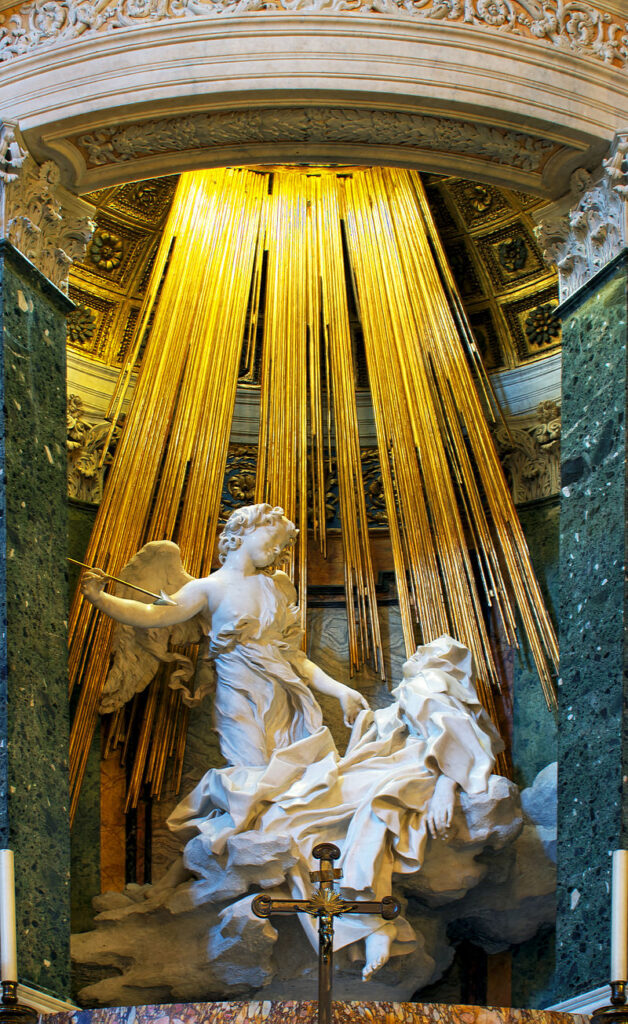
Gian Lorenzo Bernini’s sculpture “Ecstasy of Saint Teresa” is filled with instances of divine passion. This breathtaking artwork depicts Saint Teresa in a moment of mystical rapture. The sculpture’s lifelike quality and the ethereal light that surrounds the saint convey a profound sense of spiritual ecstasy.
Rembrandt’s Self-Portraits: The Evolution of a Genius

Rembrandt, the Dutch master of the Baroque era, is celebrated for his self-portraits. This artwork shows his mastery of capturing human emotion. Over his lifetime, Rembrandt painted numerous self-portraits that reveal the evolution of his style and the profound depth of his introspection.
Diego Velázquez’s “Las Meninas”: A Mirror of Royal Intrigue
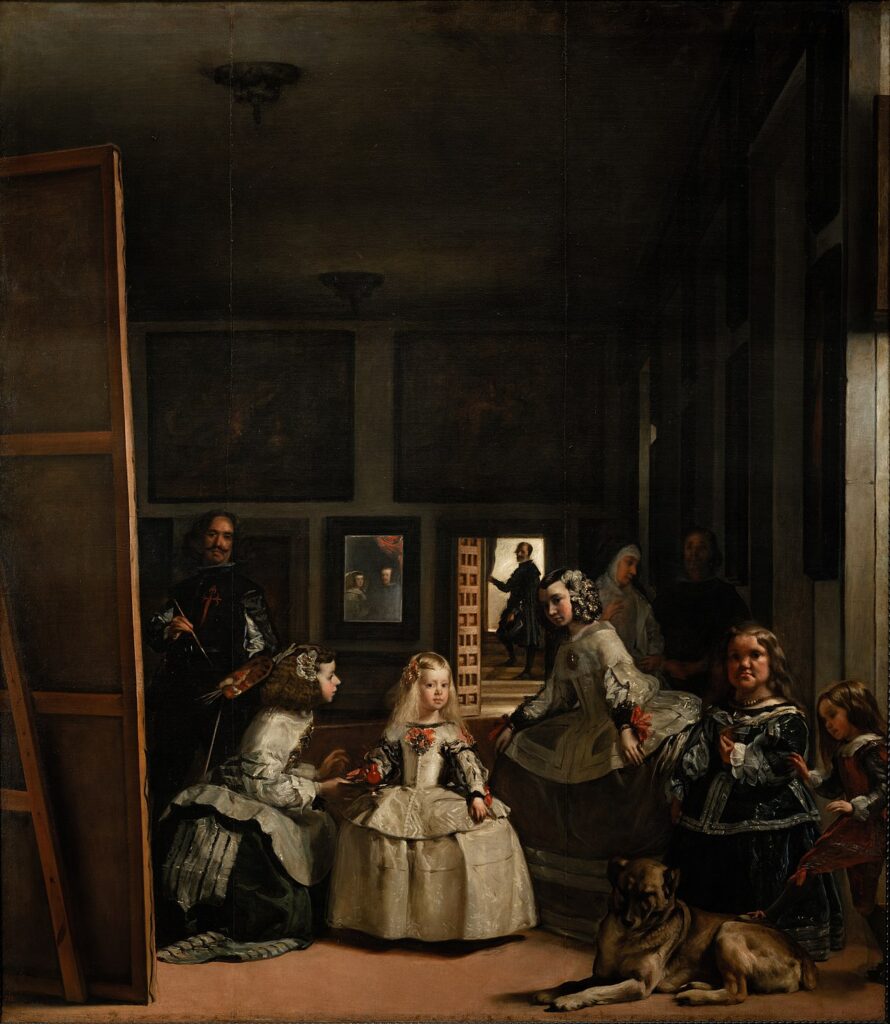
Velázquez’s painting “Las Meninas” is an iconic work filled with elements of royal intrigue. This masterpiece captures a moment in the Spanish court, where the artist himself appears in the reflection of a mirror. The complexity of the composition and the enigmatic expressions of the figures add layers of mystery to this royal scene.
Artemisia Gentileschi’s “Judith Slaying Holofernes”: A Tale of Empowerment
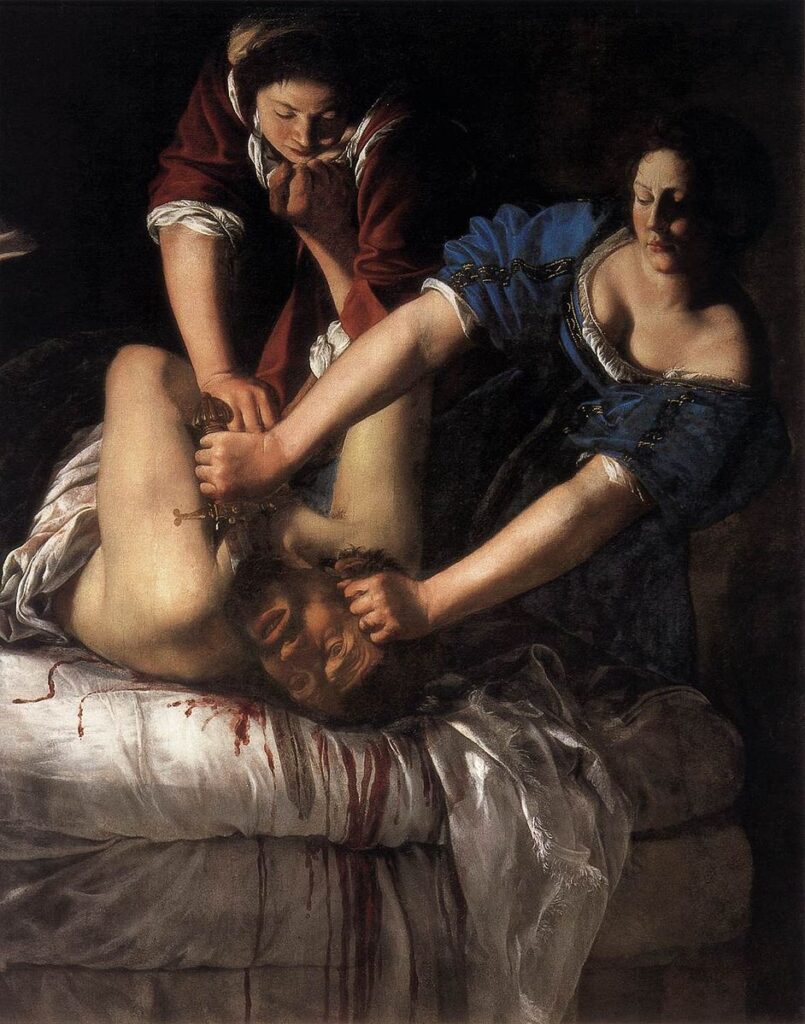
Artemisia Gentileschi’s painting “Judith Slaying Holofernes” is known for its powerful imagery. The artist, herself a survivor of assault, portrayed Judith as a symbol of female strength and empowerment. The vivid depiction of the act challenges traditional gender roles and showcases Artemisia’s resilience.
The Sensuous World of Peter Paul Rubens: Celebrating Life’s Pleasures
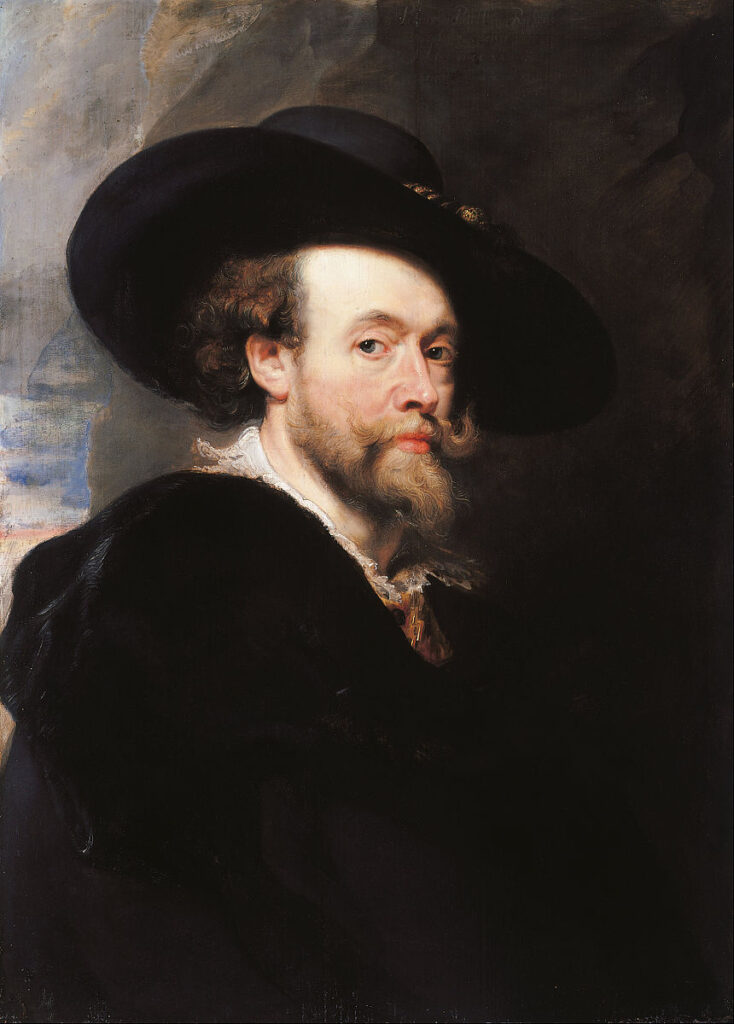
Peter Paul Rubens’ paintings are often associated with scenes of sensuousness and celebration. His works depict scenes of life’s pleasures, from sumptuous feasts to joyous dances. Even in this simple portrait, the extensive use of dark colours makes the saturated areas of the painting pop in contrast.
The Intricate Sculptures of François Girardon: A Mastery of Form
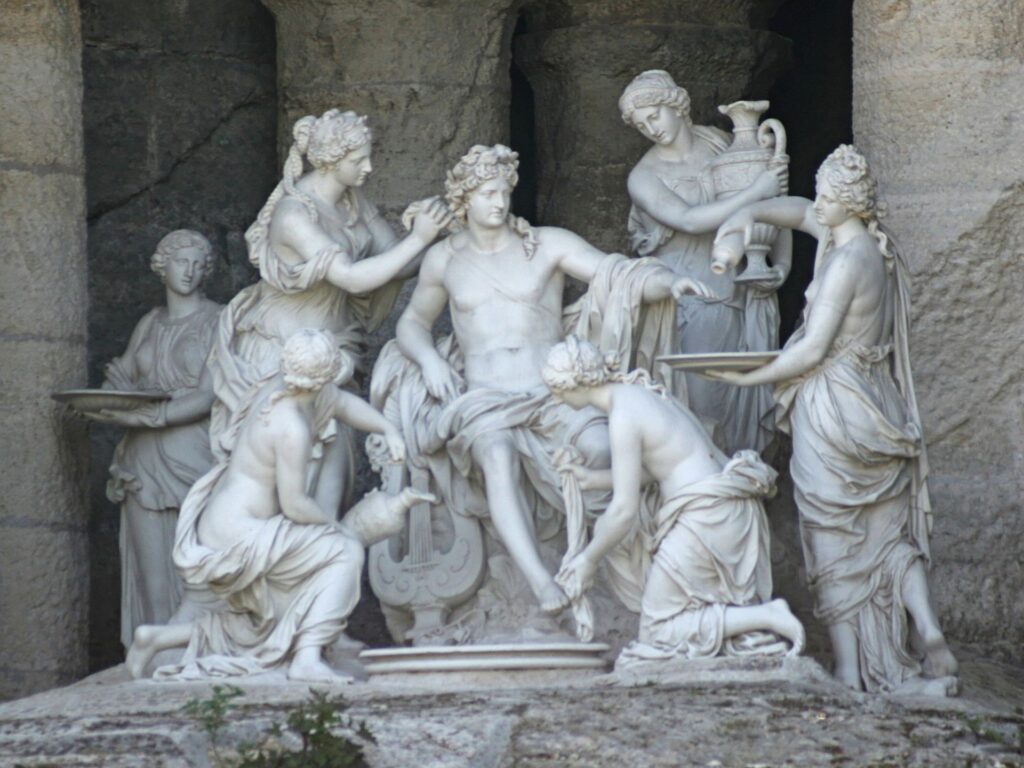
François Girardon, a French sculptor of the Baroque period, is celebrated for his intricate sculptures. His work shows meticulous attention to detail and the skill with which he rendered complex compositions. His works reveal a mastery of form and a deep understanding of human anatomy.
Claude Lorrain’s Landscapes: A Window to Arcadian Serenity

Claude Lorrain’s landscapes are filled with scenes of serene beauty. His paintings transport viewers to idyllic, Arcadian settings. Lorrain’s use of light and atmosphere creates a sense of tranquillity and harmony that reflects the desire for escapism in troubled times.
The Grandeur of Baroque Architecture: The Palace of Versailles
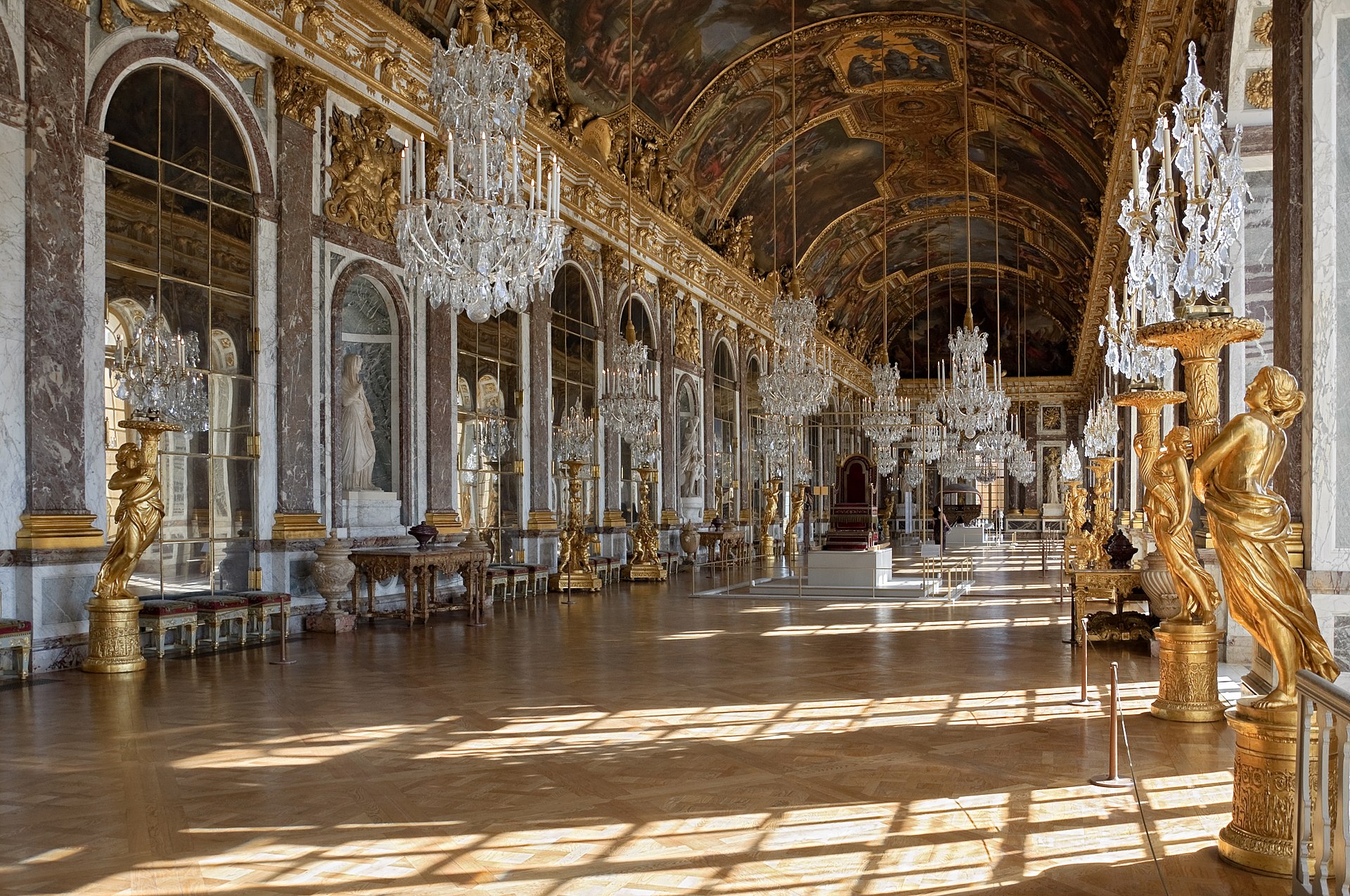
Wikicommona/ Myrabella
The Palace of Versailles, a grand architectural marvel of the Baroque era, is a source of scenes of opulence and power. This immense palace, with its ornate gardens and glittering Hall of Mirrors, reflects the ambitions of King Louis XIV and the extravagance of his court.
The Chiaroscuro Portraits of Georges de La Tour: A Play of Light and Shadow
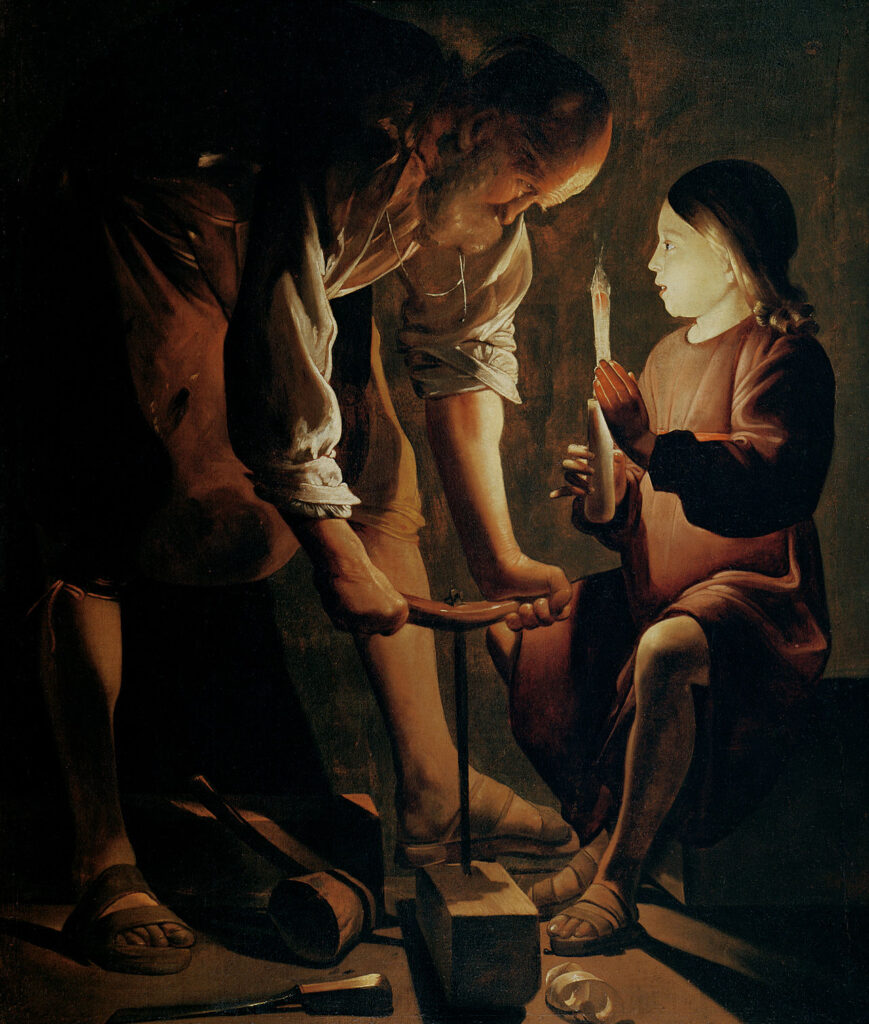
Georges de La Tour’s portraits are known for their dramatic use of chiaroscuro, the interplay of light and shadow. He could capture the subtle emotions of his subjects, causing the viewers to contemplate the stories behind the illuminated faces.
Baroque art is a genre of intense emotion, dramatic storytelling, and exquisite craftsmanship. These pieces remind us of the passion, innovation, and diversity of this period, where artists like Caravaggio, Bernini, and Rembrandt pushed the boundaries of artistic expression. Whether through the startling realism of Caravaggio’s scenes, the divine ecstasy of Bernini’s sculptures, or the introspective depth of Rembrandt’s portraits, Baroque art continues to captivate us with its vivid portrayal of the human experience.
*Images from Wiki Commons




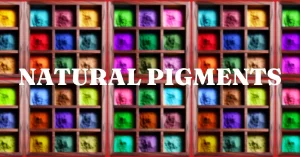


0 Comments